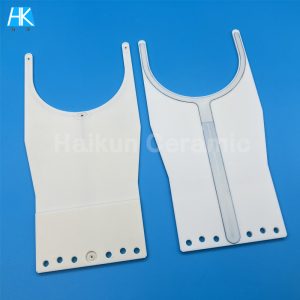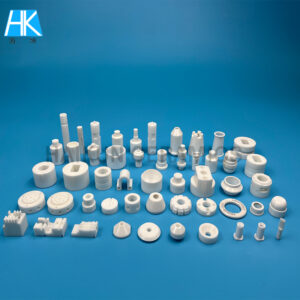Industry Information
Welcome to the Advanced Precision Ceramics Industry Applications Overview Page! Here, you’ll explore the extensive applications and innovative solutions of advanced precision ceramics across various industries. Renowned for their exceptional wear resistance, high temperature tolerance, insulation, and chemical stability, advanced precision ceramics play a crucial role in electronics, chemical engineering, aerospace, automotive, and other fields.We showcase fascinating industry application cases, covering everything from wear-resistant components in high-temperature environments to insulation materials for electronic devices. Through our summary page, you’ll stay updated on the latest advancements in advanced precision ceramics technology, industry trends, and innovative application examples, helping you stay ahead in the industry and expand your business horizons.Whether you’re an industry professional, technical expert, or researcher, we look forward to sharing insights into the future applications of advanced precision ceramics and exploring new directions in industry development together. Let’s work hand in hand to create a smarter and sustainable future!

Why are more and more companies choosing ceramic plungers instead of metal ones?

Can ceramic carving be done with laser engraving? This article tells you the truth!

The relationship between ceramics and semiconductors: unsung heroes supporting high-tech development.

Applications and advantages of silicon nitride ceramic cutting tools

Alumina ceramic sintering process, alumina ceramic sintering methods

Silicon Nitride Ceramics: The Future Star Of High-performance Materials

Alumina Ceramics: Characteristics, Applications And Future Development Trends

